How Warm Do Greenhouses Stay During the Winter Months?
Greenhouses offer a controlled environment that allows plants to thrive, even during the harsh winter months.
Greenhouses stay relatively warm during the day, and the temperature inside can be way more suitable even with very little sunshine.
The warmth inside a greenhouse is also impacted by the quality of the greenhouse, insulation and the external temperature during winter.
The importance of greenhouses in Australia is significant as the temperature drops significantly during the winter and knowing more about expected warmth helps you to choose the right Greenhouse.
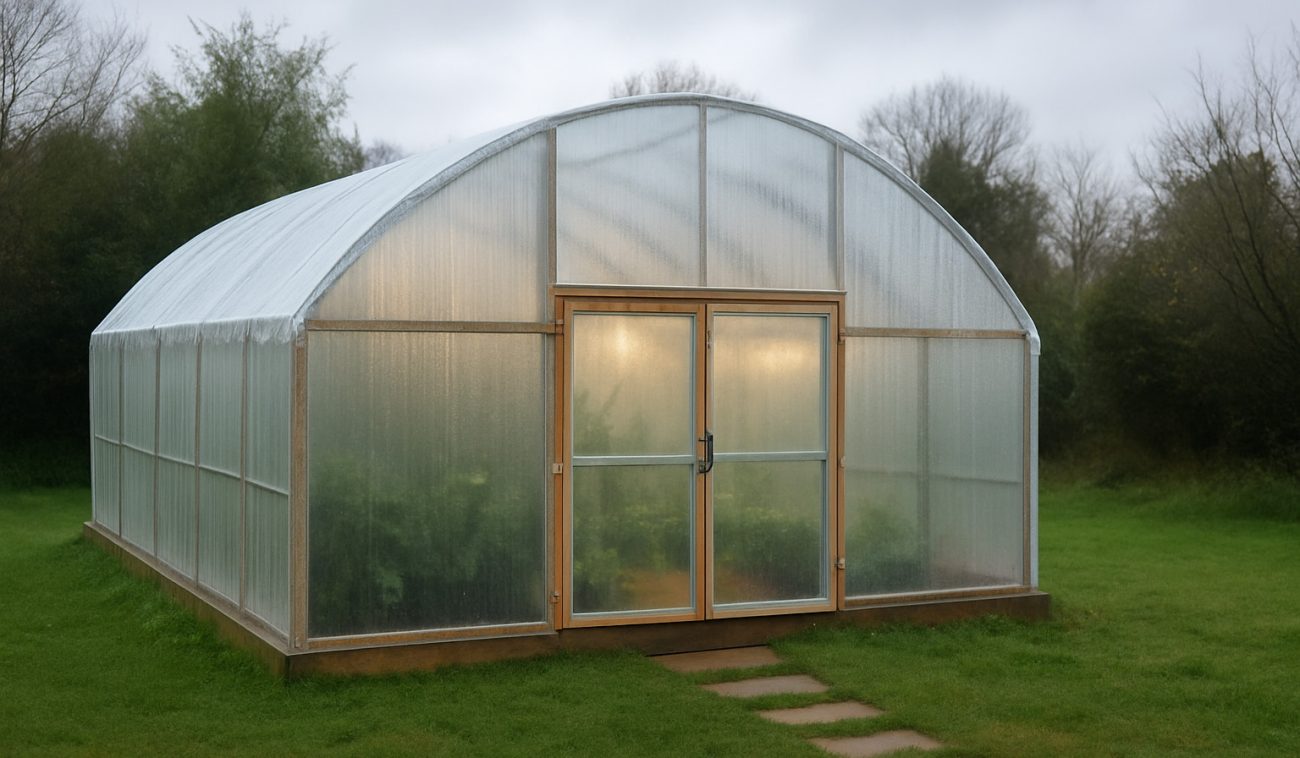
Some areas in Australia get really cold during winter and hence knowing how warm plants can stay in those conditions is key.
Let’s talk about these factors in detail.
Insulation Quality
The type and quality of the greenhouse material play a significant role in temperature retention. Polycarbonate panels, for example, provide better insulation compared to single-pane glass, helping to maintain a consistent temperature.
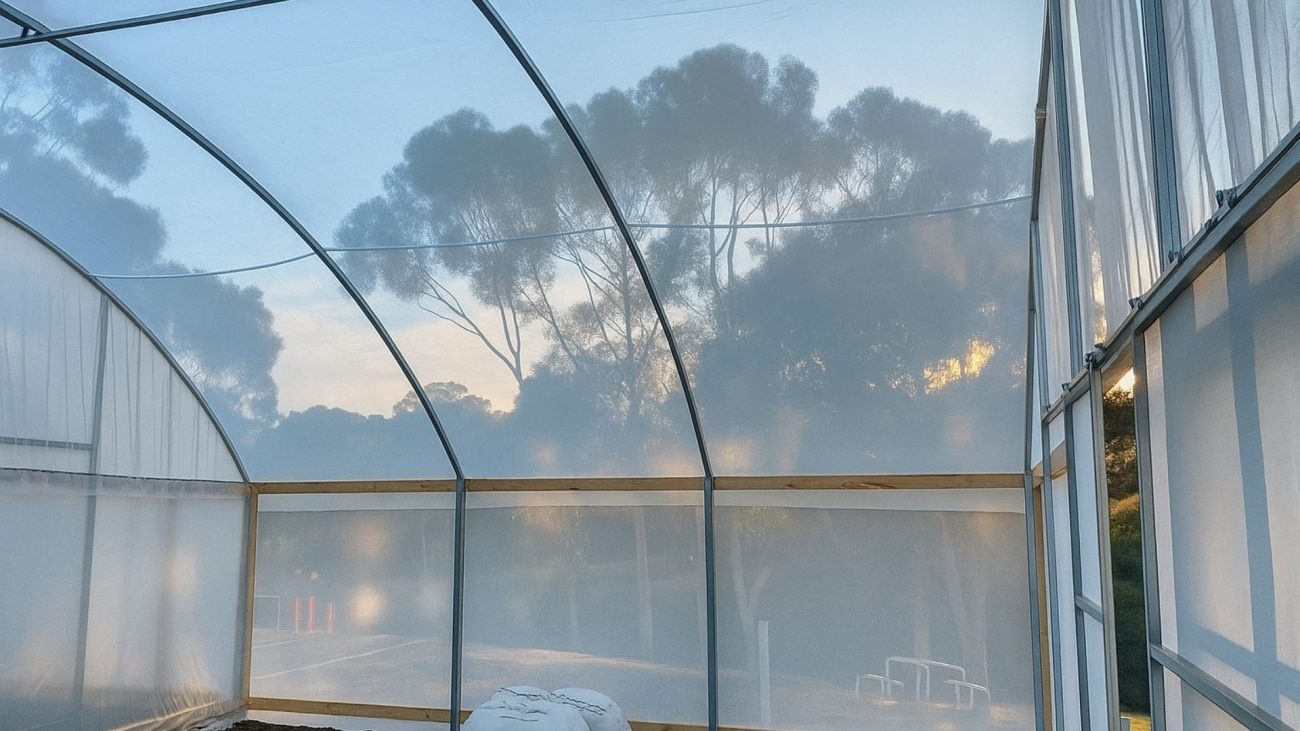 Sunlight Exposure
Sunlight Exposure
Greenhouses rely heavily on solar energy. Positioning your greenhouse to maximise sunlight exposure during the day can significantly impact how warm it stays. Clear days allow for maximum sunlight penetration, which heats the interior.
Thermal Mass
Materials such as water barrels, bricks, or stones inside the greenhouse absorb heat during the day and release it at night, helping to moderate temperature fluctuations.
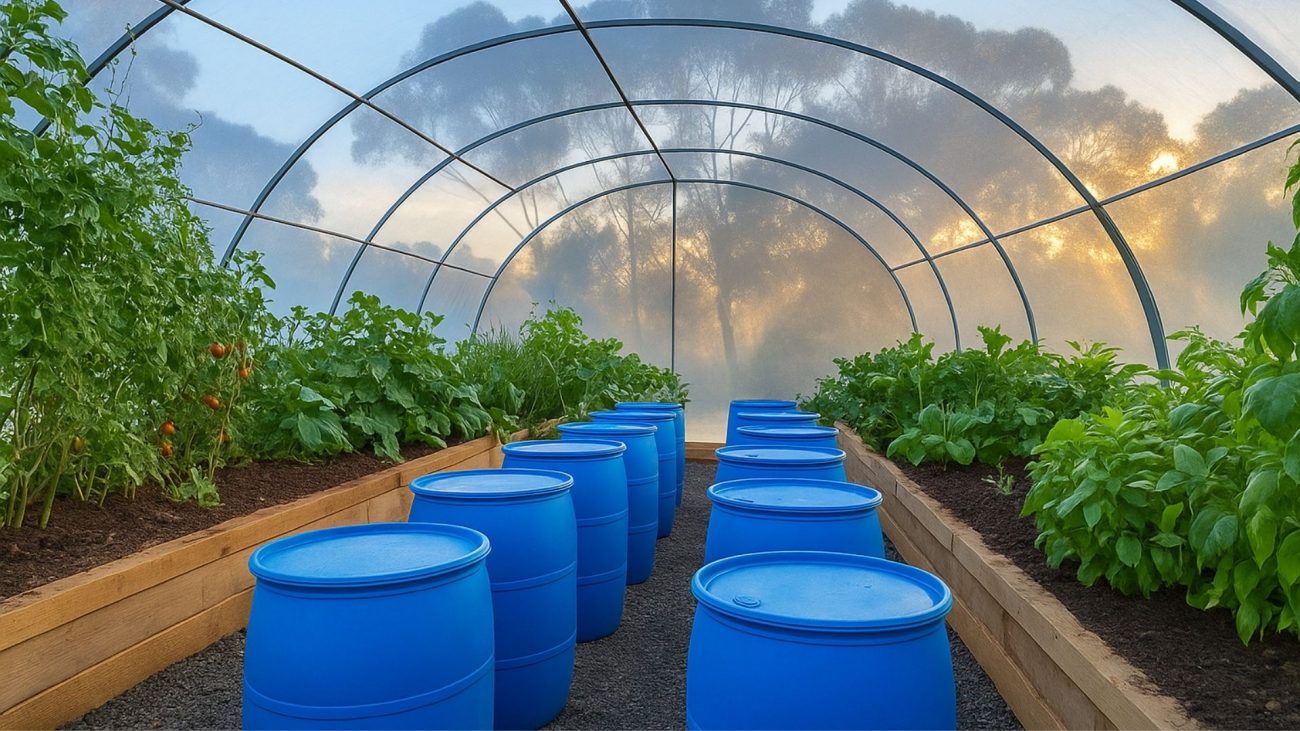 Sealing and Ventilation
Sealing and Ventilation
Proper sealing prevents heat loss, while controlled ventilation ensures that excess humidity is vented out without losing too much warmth. Double-checking for any gaps or leaks can enhance insulation efficiency.
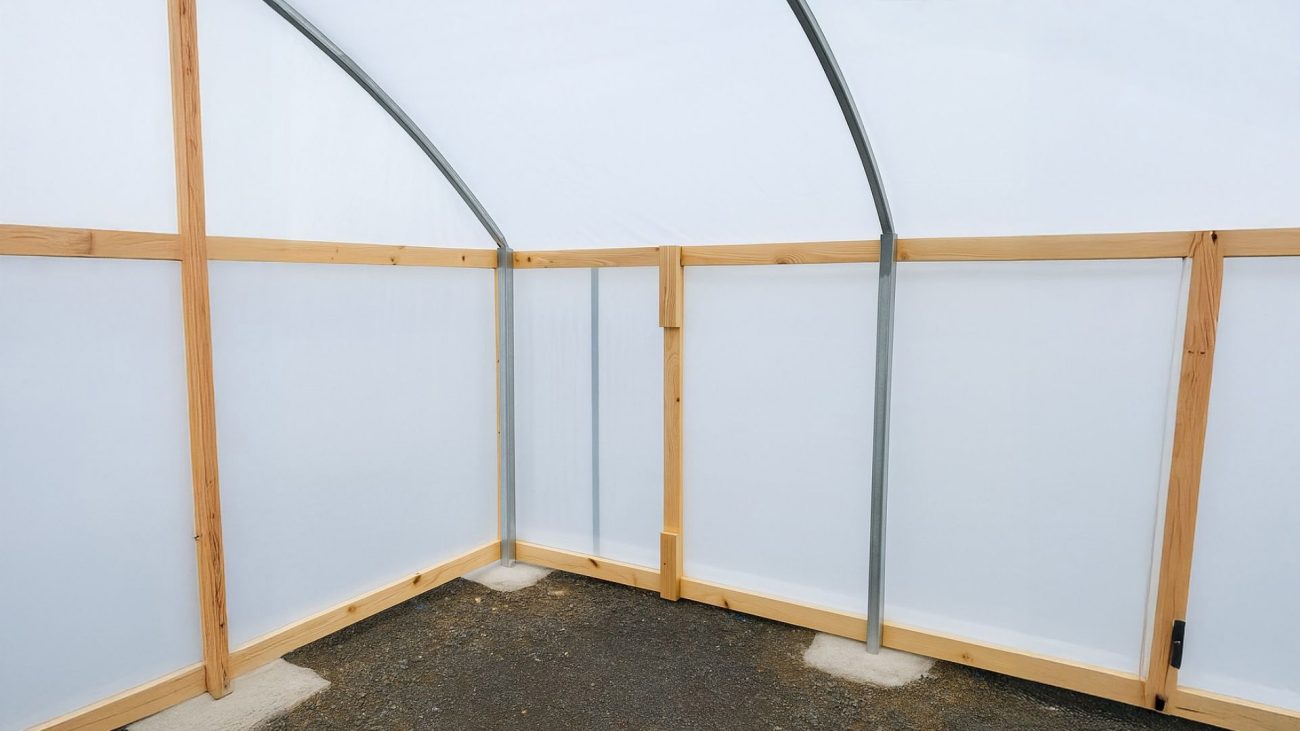 Greenhouse types and heating
Greenhouse types and heating
| Greenhouse Types | Heating Efficiency | Warmth Retention |
| Polytunnel | Moderate | Fair warmth retention; additional heating may be needed in very cold climates. |
| Glass Greenhouse | High | Excellent warmth retention due to the insulating properties of double or triple glazing. |
| Polycarbonate Greenhouse | High | Superior warmth retention due to the air pockets within the polycarbonate panels. |
Greenhouse Heating Methods
Electric Heaters
Electric heaters are a popular choice for their convenience and effectiveness. Thermostatically controlled electric heaters can maintain a consistent temperature, ensuring plants are kept warm without overheating.
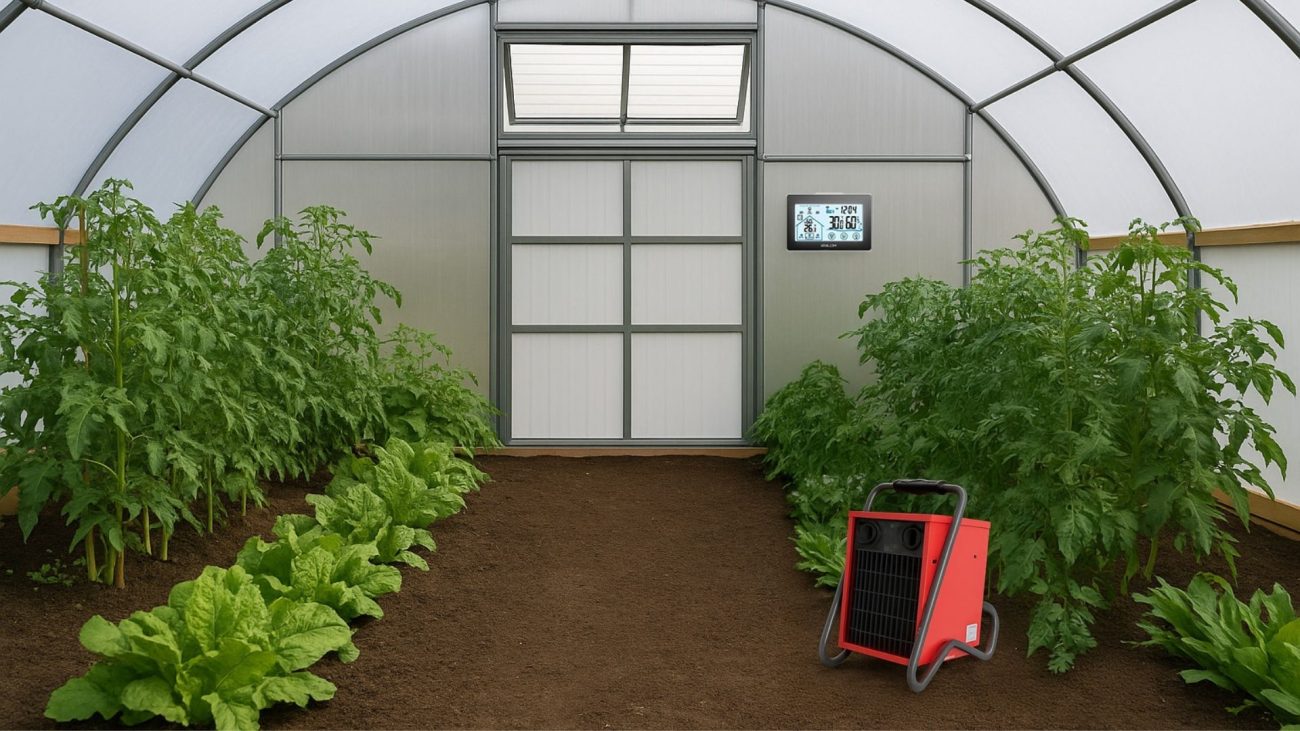
Heat Mats and Soil Warming Cables
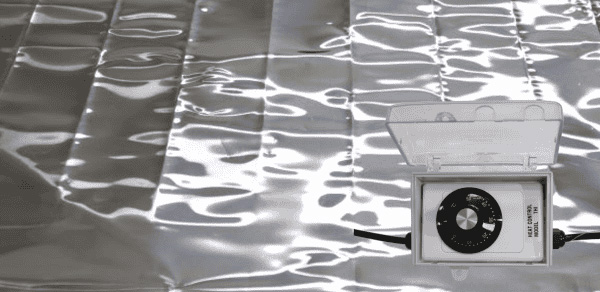
For those focusing on seed germination and young plants, heat mats and soil warming cables provide direct warmth to the plant roots, promoting healthy growth even when ambient temperatures are lower.
Tips for Maintaining a Warm Greenhouse
Use Bubble Wrap Insulation
Lining the interior of your greenhouse with bubble wrap provides an extra layer of insulation, trapping more heat inside.
Install Thermal Curtains
Thermal curtains can be drawn during the night to reduce heat loss. These curtains can be automated to open during the day and close at night for maximum efficiency.
Invest in a Greenhouse Thermometer

Regularly monitoring the temperature helps you make necessary adjustments promptly. Some advanced thermometers also offer remote monitoring and alerts.
Seal All Gaps
Inspect your greenhouse regularly for any gaps or leaks. Even small gaps can lead to significant heat loss. Weather stripping and caulking can be used to seal these effectively.
Add Mulch to Plant Beds
Mulching plant beds helps retain soil warmth and reduces temperature fluctuations. Organic mulches, such as straw or wood chips, are excellent choices.